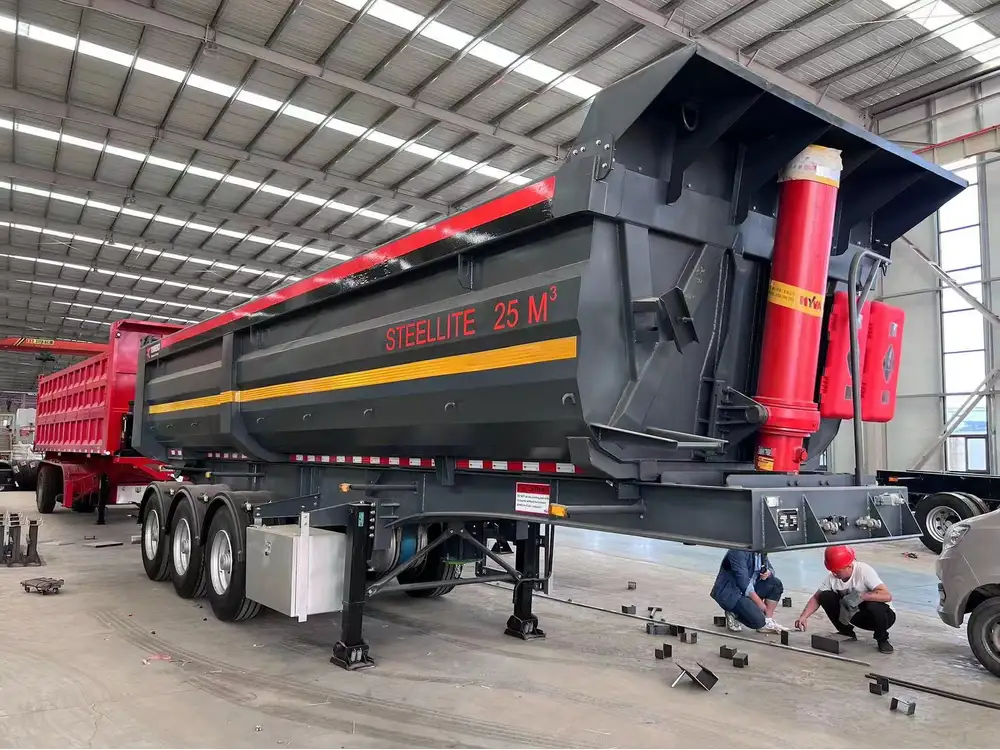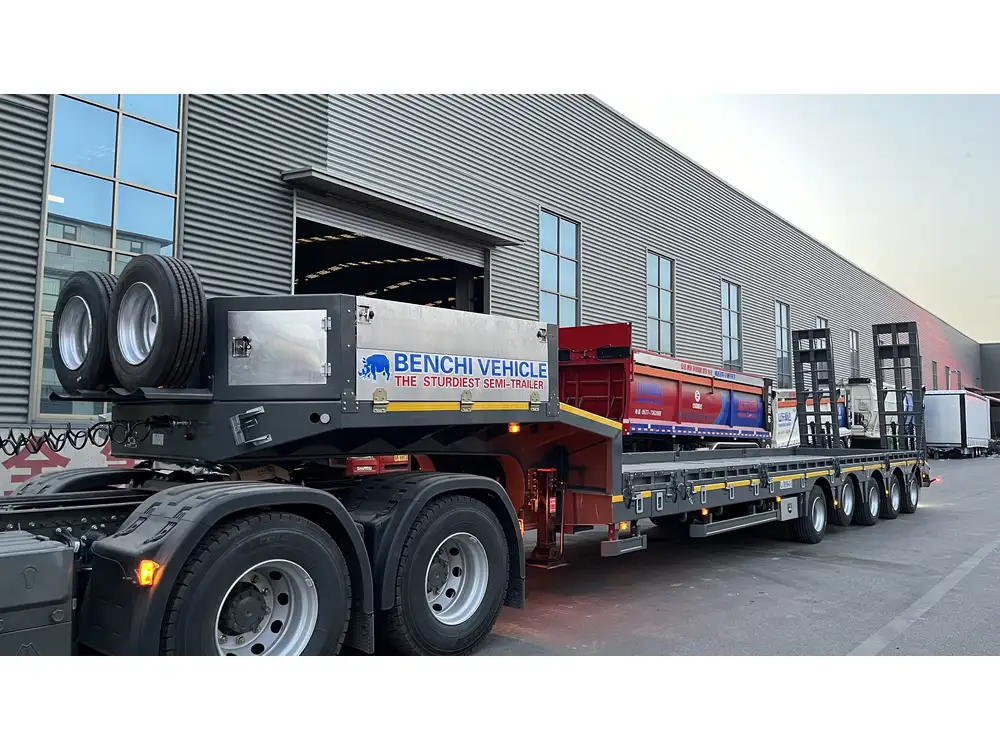Attaching a semi-trailer to a trailer beam is an essential skill for those working in logistics, freight transport, and heavy haulage. Proper attachment ensures safety, cargo security, and long-distance travel efficiency. This guide presents a detailed exploration of the process, techniques, and best practices involved in making this crucial connection.
Understanding Trailer Beams and Their Importance
What Is a Trailer Beam?
A trailer beam, often referred to as a trailer frame or chassis, is the main structure to which the load, axles, and wheels are attached. It serves as a structural foundation that provides stability and strength to the trailer. Common materials used for trailer beams include steel and aluminum, known for their durability and ability to withstand heavy loads.

Key Components of a Trailer Beam
- Main Frame: The primary structural component providing support.
- Cross Members: Cross-support structures that enhance strength and stability.
- Kingpin: The pivotal connection point for the semi-trailer, attached to the tractor unit.
- Suspension System: Absorbs shock and maintains stability, crucial for smooth transport.
Why Proper Attachment Matters
Safety: The safety of drivers and other road users is paramount. A secure connection prevents the trailer from detaching during transit.
Load Integrity: Ensuring the cargo remains secure minimizes the risk of damage during transport.
Legal Compliance: Adhering to transport regulations regarding load and vehicle attachments is crucial for legal operation.
Step-by-Step Guide to Attaching a Semi to Trailer Beam

Preparation
Gather Your Tools
Before beginning the attachment process, gather the necessary tools:
- Wrench Set: For tightening bolts.
- Grease Gun: To lubricate moving parts.
- Safety Gear: Gloves, safety boots, and glasses for protection.
Inspect the Equipment
Inspection of the Semi-Trailer:
- Check for any visible damage on the frame and beams.
- Examine the condition of the kingpin; replace it if worn out.
Trailer Beam Inspection:
- Look for any signs of wear and tear.
- Ensure all necessary components (such as lighting and brakes) are in good operational condition.

Attachment Process
Step 1: Position the Semi-Trailer
Ensure that the semi-trailer is aligned correctly with the trailer beam. Use appropriate backing techniques:
- Position the truck directly in front of the trailer with the tractor unit straight.
Step 2: Engage the Kingpin
Carefully move the tractor forward until the kingpin aligns with the fifth wheel of the trailer.
- Tip: Use reference points on the tractor and trailer to guide positioning accurately.

Step 3: Couple the Units
Lower the Fifth Wheel: Activate the hydraulic or manual system to lower the fifth wheel.
Connection Check: As the kingpin slides into the fifth wheel, listen for an audible click indicating engagement.
Step 4: Secure the Connection
Locking Mechanism Engagement:
- Ensure that the fifth wheel locking mechanism is engaged.
- Some models have a visual indicator to confirm secure attachment.
Inspection of the Kingpin:
- Check for any gaps between the trailer and tractor; none should exist.
Step 5: Conduct Final Checks
Weight Distribution: Ensure the weight is evenly distributed across the trailer. Use a scale if necessary.
Brake and Lighting Systems: Connect the lighting and brake lines. Verify that all lights function properly before moving.

Safety Measures During Attachment
Pre-Attachment Safety Protocols
Area Safety Check: Inspect the surroundings for obstacles or hazards that might pose risks during the attachment process.
Communication: Establish effective hand signals or radio communication between the driver and ground crew to enhance safety.
Operational Safety
Avoid Distractions: Focus solely on the attachment process to avoid accidents.
Follow Manufacturer Guidelines: Adhere to specific manuals and guidelines provided by the equipment manufacturers for safest practices.

Troubleshooting Common Issues
Misalignment of Kingpin
Problem: The kingpin does not align correctly with the fifth wheel.
Solution: Adjust the trailer’s position slightly by pulling forward or backing up until they align correctly.
Unusual Noises During Coupling
Problem: Uncharacteristic sounds while coupling can indicate a mechanical issue.
Solution: Stop immediately and inspect both the tractor and trailer for damaged components before continuing.

Difficulty Engaging the Locking Mechanism
Problem: The fifth wheel locking mechanism does not engage easily.
Solution: Clean the locking mechanism and apply grease if necessary. If issues persist, consult a technician.
Maintenance of Trailer Beams and Coupling Mechanisms
Regular Inspections
Visual Inspections: Monthly check-ups on the trailer beam structure for any wear or damage.
Component Functionality: Regularly test the fifth wheel and braking mechanisms for operational efficiency.

Lubrication and Cleaning
Lubrication Schedule: Create a routine for greasing all moving parts of the coupling system, ideally every few weeks.
Cleaning Techniques: Use a pressure washer to clean trailer beams, removing dirt and debris that may hinder operation.
Conclusion: Mastering Semi-Trailer Attachments for Efficiency and Safety
The ability to securely attach a semi-trailer to a trailer beam is a fundamental aspect of logistics and transport. Each procedure, from preparation to execution, plays a vital role in guaranteeing a safe and efficient experience on the road. By mastering these techniques and understanding the components involved, operators not only ensure their safety but also enhance their workflow, longevity of equipment, and compliance with transport regulations.
With diligent practice, adherence to safety protocols, and routine maintenance, attaching a semi to a trailer beam can become a seamless part of your transport operations. Take pride in mastering this skill, ensuring that your cargo reaches its destination safely and efficiently.



